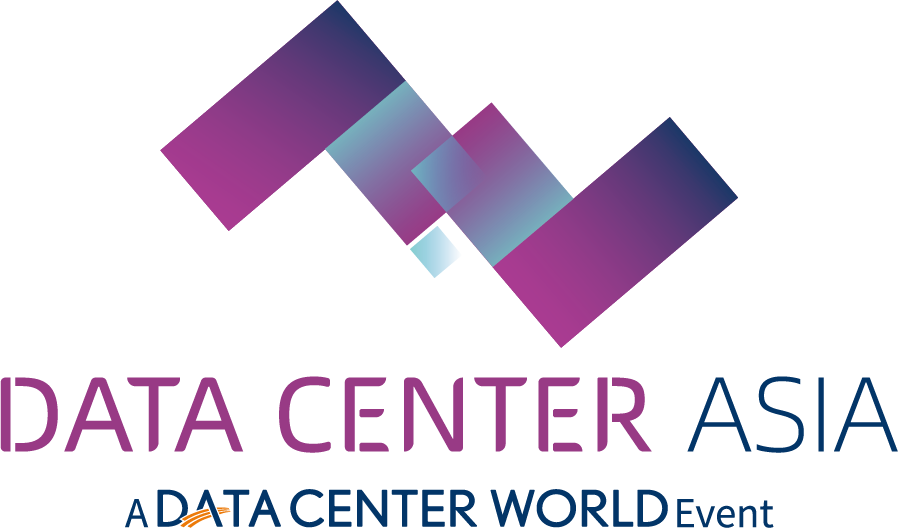The registration process for exhibitors at Data Center Asia presents a unique intersection of legal compliance and operational efficiency. As the data center industry continues to evolve, understanding the regulatory framework surrounding exhibitor registration becomes increasingly critical. This article aims to dissect these legal attributes while emphasizing their implications on risk assessment and management.
Click to find more about data center asia exhibitor registration.
Legal Attributes of Data Center Asia Exhibitor Registration
The exhibitor registration for Data Center Asia is governed by various laws and regulations that ensure fair practices, safety standards, and environmental considerations. These legal frameworks not only dictate how exhibitors must operate but also play a crucial role in risk assessment and management strategies. By adhering to these regulations, organizations can mitigate potential risks associated with non-compliance, thereby fostering a safer environment for all stakeholders involved.
Data Center Conventions: A Legal Perspective on Risk Assessment and Management

data center conventions serve as pivotal platforms where industry leaders converge to discuss best practices in risk assessment and management. The legal aspects inherent in these conventions often shape the guidelines that govern exhibitor behavior during events like Data Center Asia. Compliance with local laws regarding health, safety, data protection, and intellectual property rights is paramount; failure to adhere can result in significant liabilities or reputational damage. Thus, understanding these conventions equips exhibitors with the knowledge necessary to navigate complex regulatory landscapes effectively.
A Closer Look at Risk Assessment and Management within Data Center Asia
At Data Center Asia specifically, risk assessment takes on multifaceted dimensions due to its diverse range of participants from different jurisdictions. The event’s organizers implement stringent measures designed not only for compliance but also for proactive risk mitigation—such as thorough vetting processes for exhibitors based on their adherence to relevant laws governing technology deployment and data handling practices. This focus ensures that all parties are prepared against potential threats ranging from cybersecurity breaches to physical hazards during exhibitions.
Conclusion
In summary, the exhibitor registration process at Data Center Asia embodies essential characteristics rooted in legal regulation which significantly influence risk assessment and management strategies within this sector. By comprehensively understanding these elements—ranging from compliance obligations under local law to proactive measures taken by event organizers—exhibitors can better position themselves against risks while contributing positively towards an overall secure exhibition environment.
